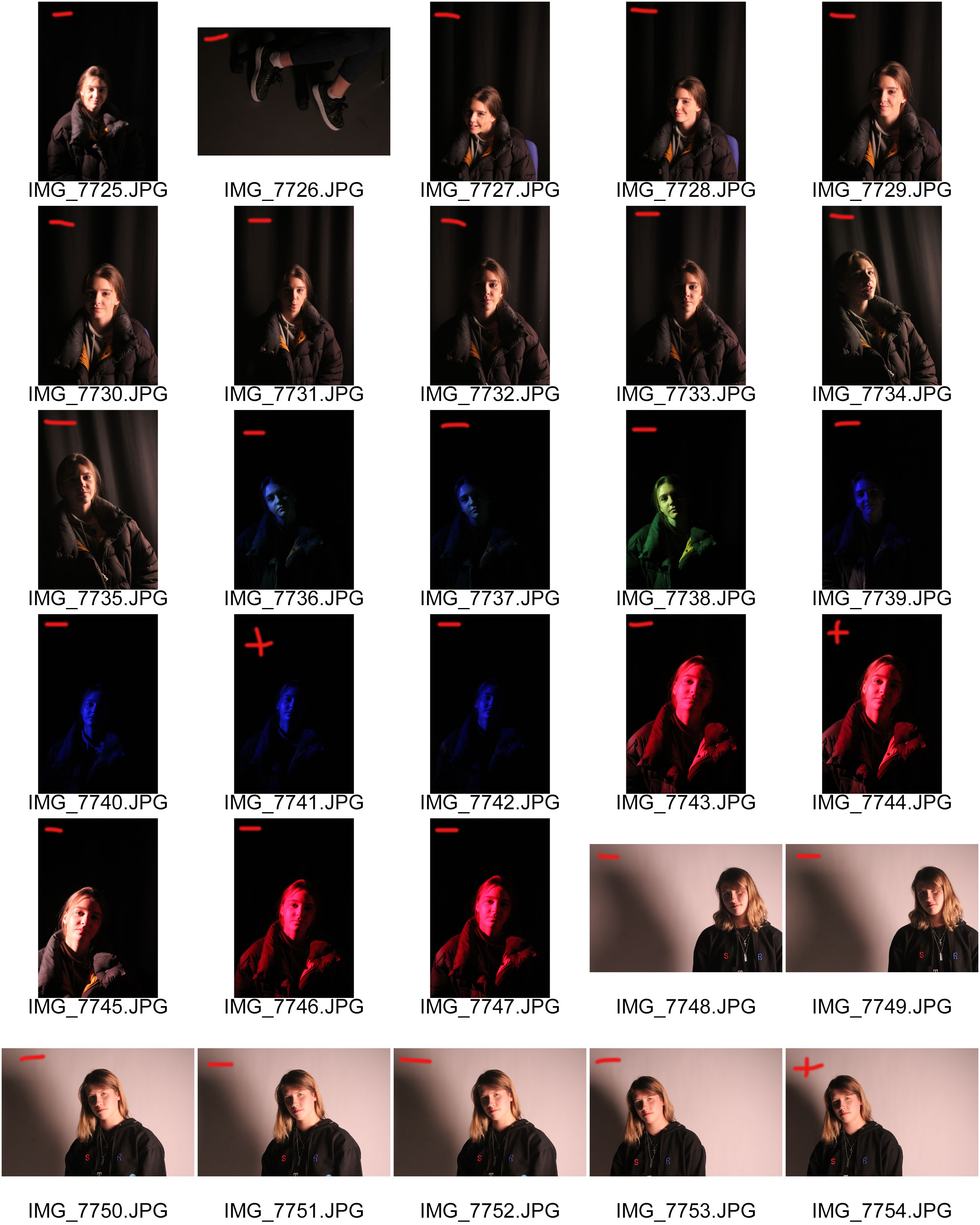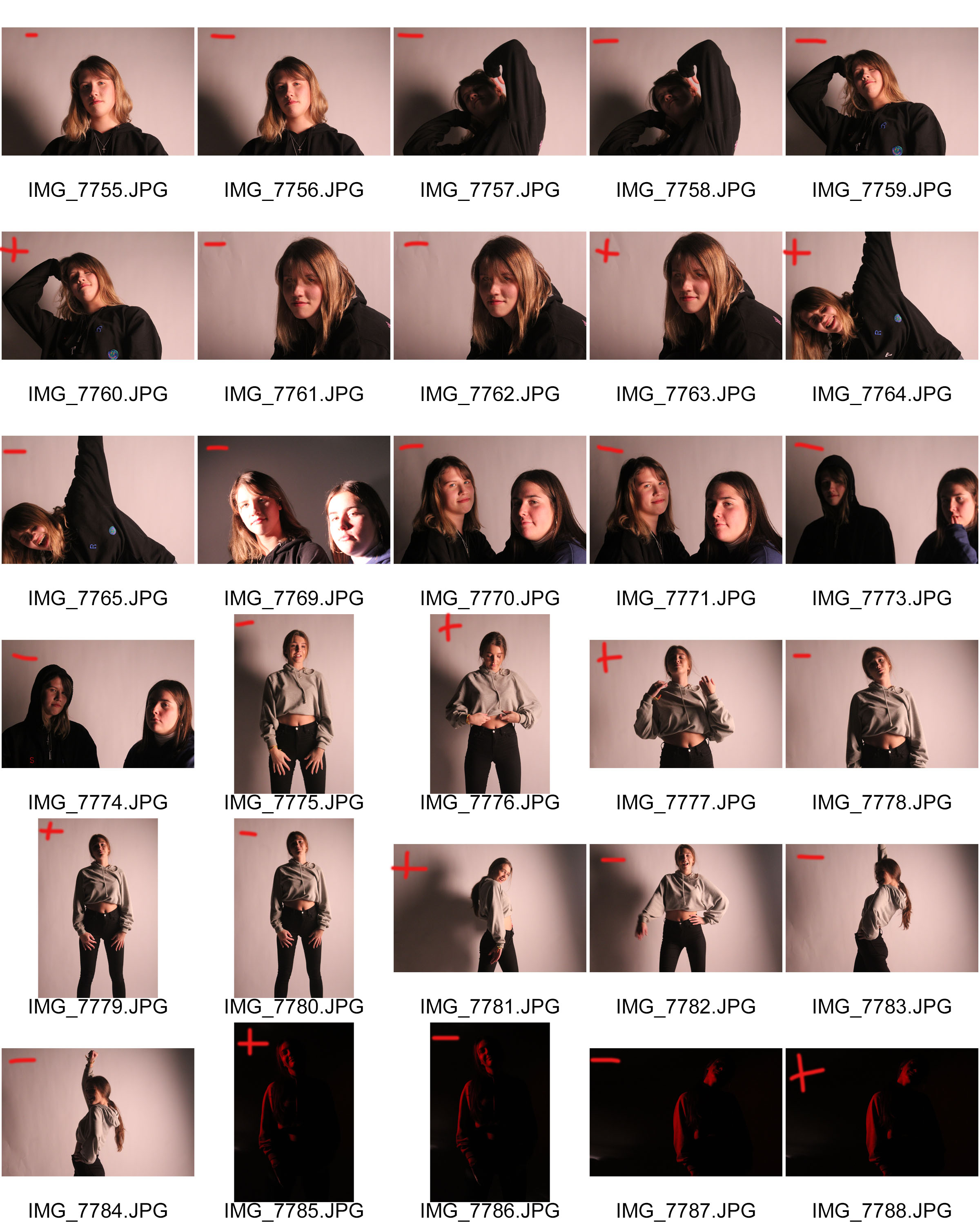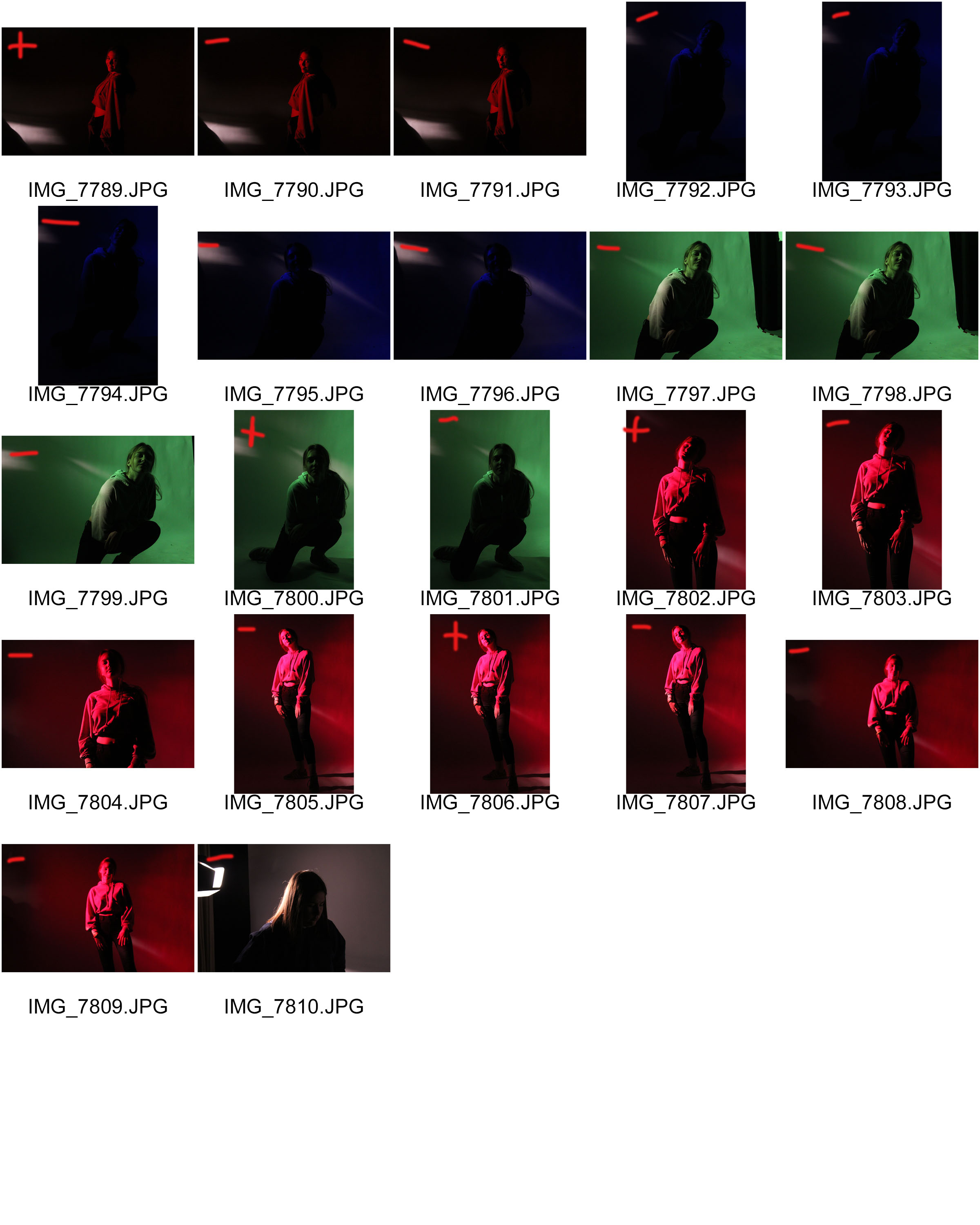WORK STRATEGY:
WHO – for this photo shoot, I selected two models for my shoot which I thought would be suitable to photograph, people who are quite photogenic in nature.
WHAT – the main objective of this photo shoot was to experience the studio and the way in which it is most suitable to work in, using different types of lighting, backdrops and gel filters.
WHEN – the images were taken during school time, regardless of the time of day, artificial lighting lit the photo shoot.
WHERE -the images were captured in the school studio, specially designed for taking photographs.
WHY – to understand the most suitable ways in which to photograph people, and how to set up equipment specially designed for a studio environment. To also work with models and instruct them on their positioning.
HOW – I used my regular DSLR camera for this photo shoot, using the artificial lighting provided.
SUCCESSFUL IMAGES: 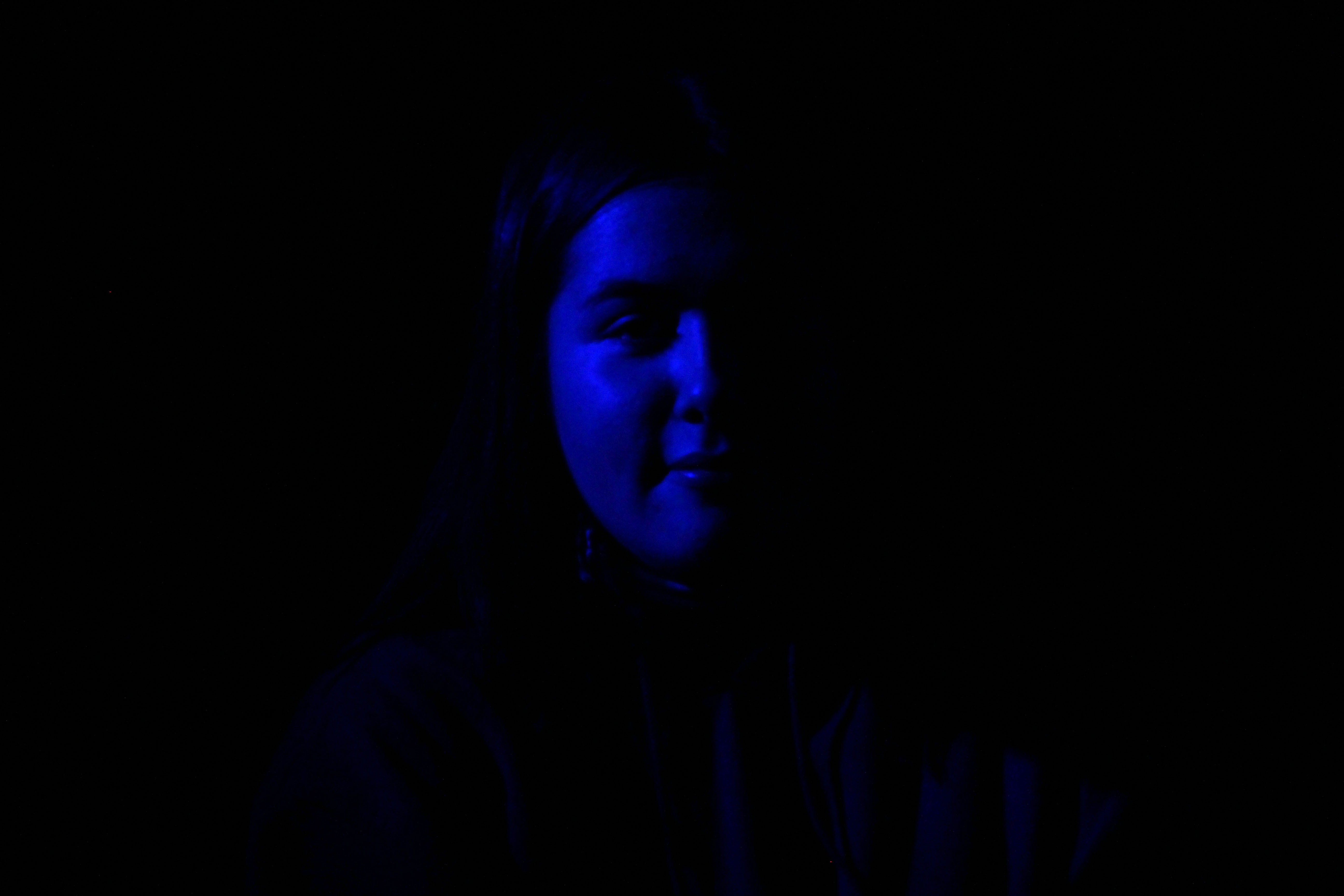
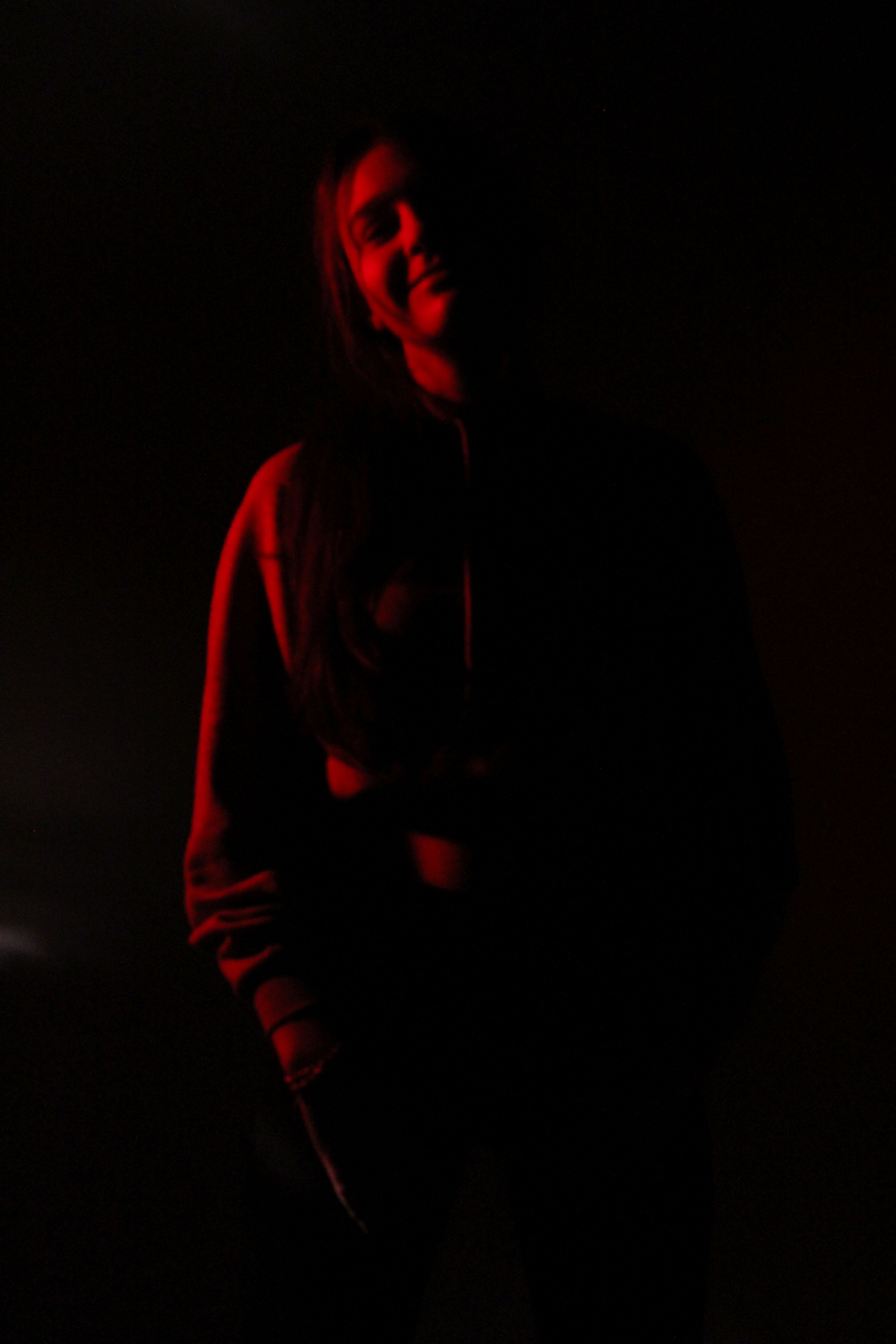
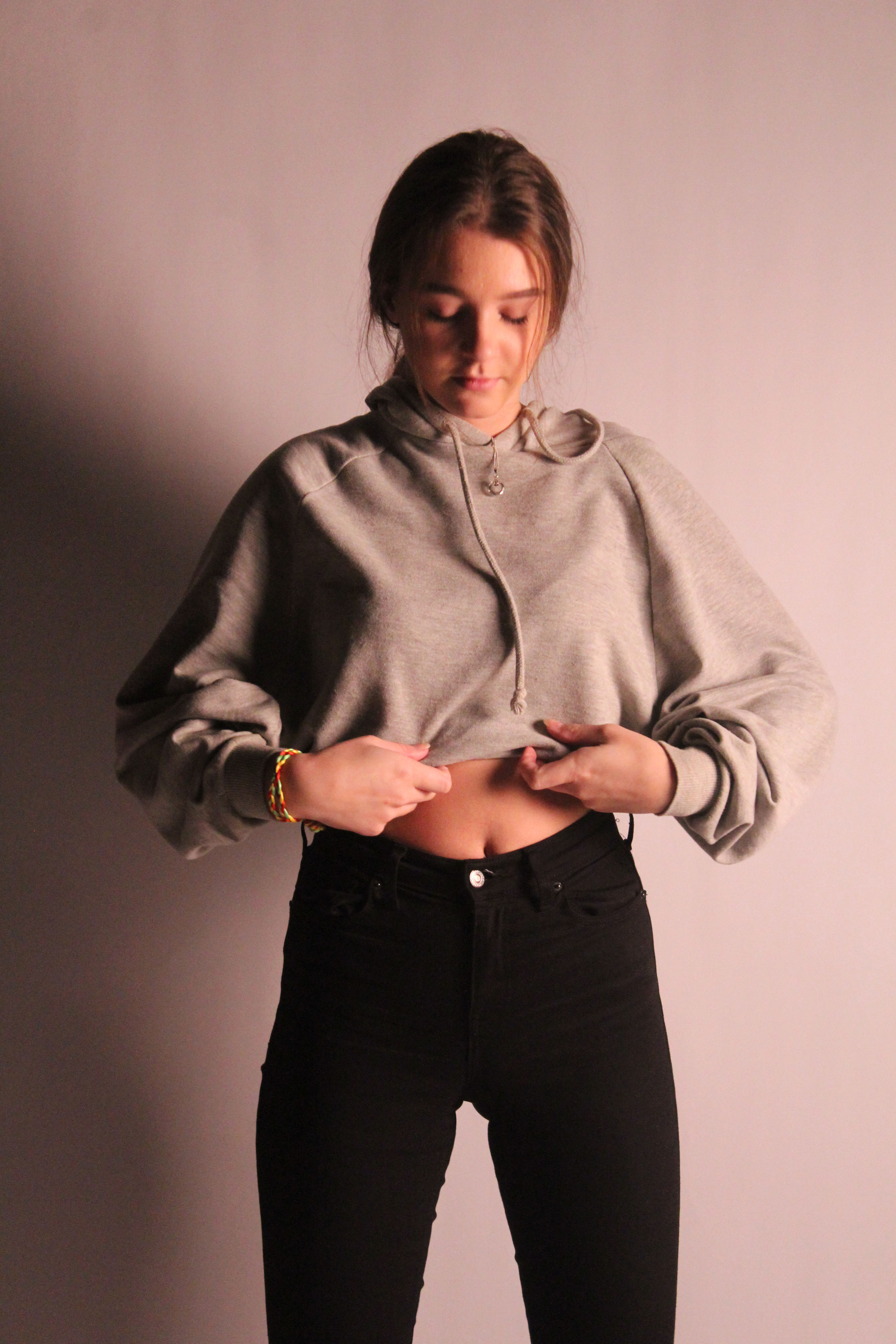

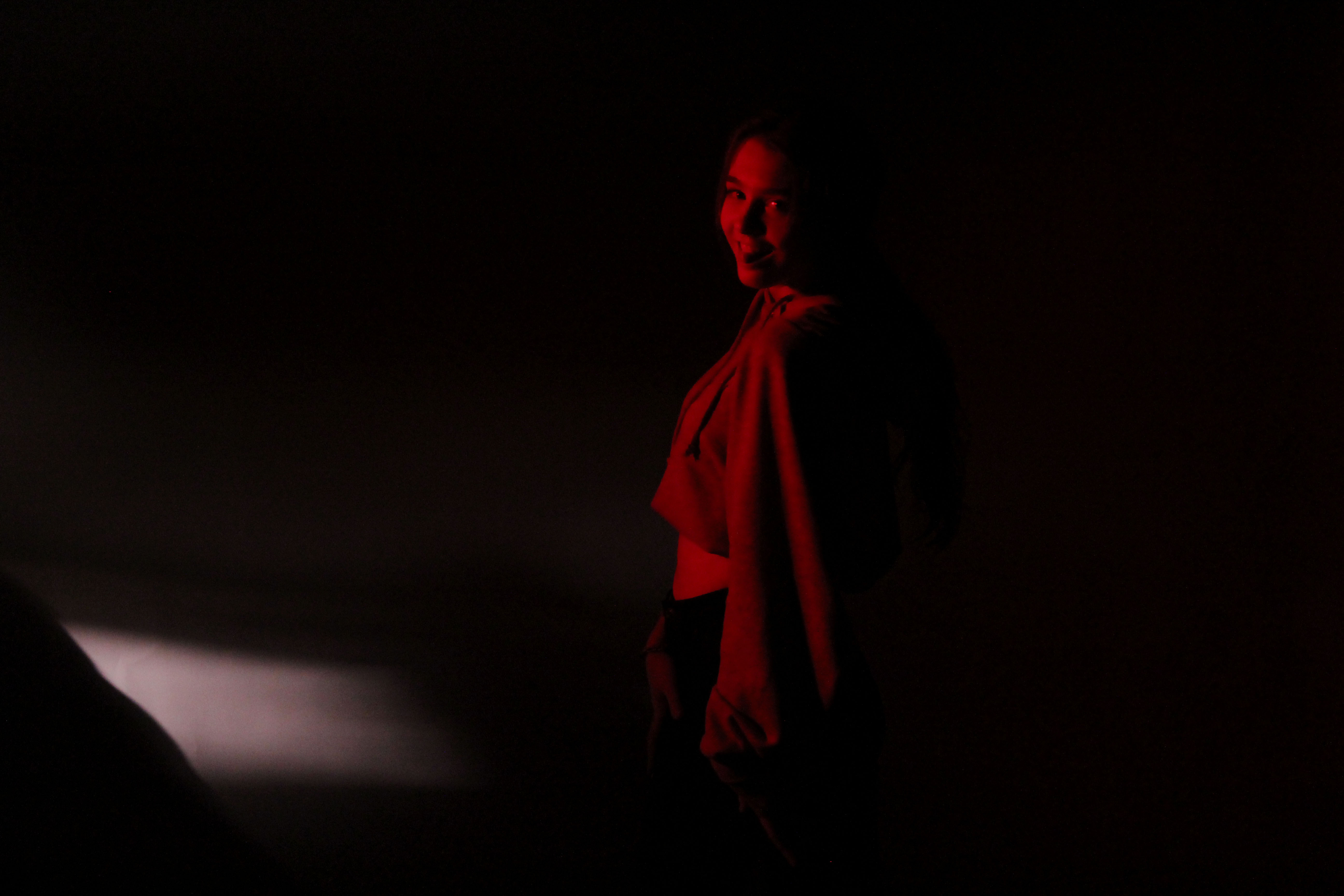
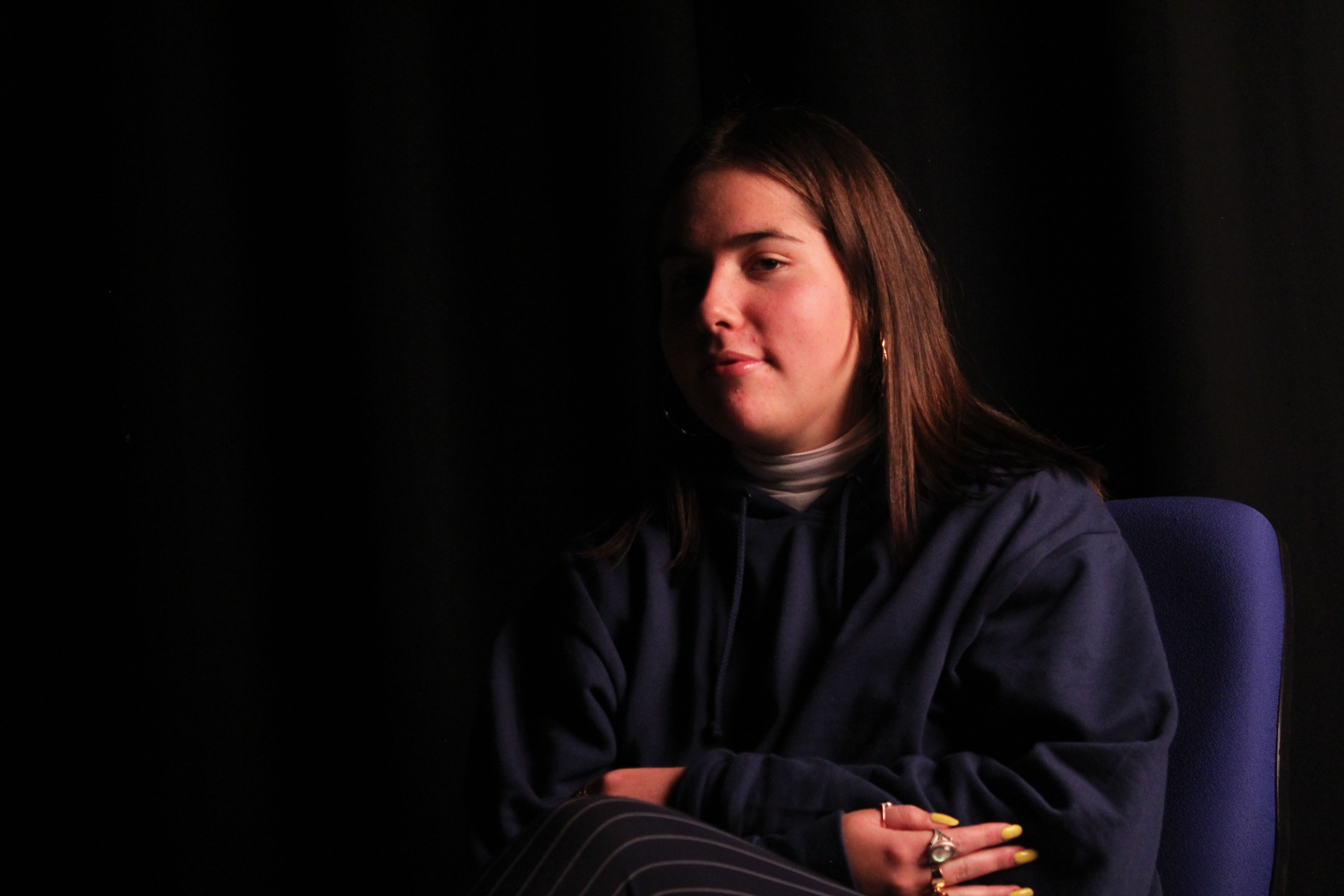
MOST SUCCESSFUL IMAGE ANALYSIS:
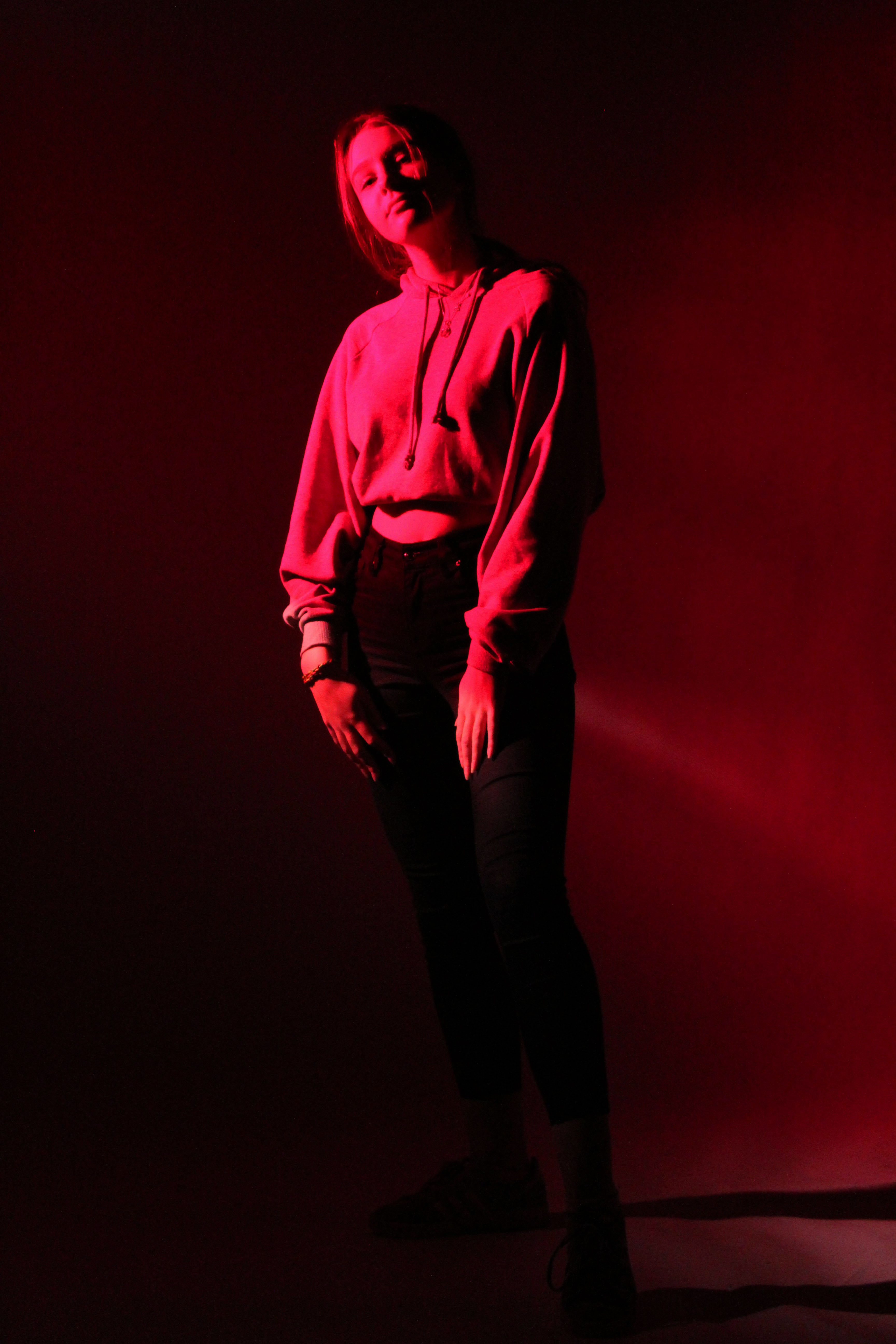
TECHNICAL:
In terms of exposure, in order to capture this image the exposure of my camera had to be set very high, to ISO 3200, the highest setting on the camera. The red gel filter which we placed on the light source highly darkened the surrounding studio, contributing to the high ISO used. The f stop was also set quite high at f/5.6 in order to let as much light as possible into the camera. In order to achieve clean and crisp images, the shutter speed was set to 1/200. I also urged the models to have as little movement as possible to avoid motion blur. To add to the crisp nature of the image, we used the white infinity screen to provide a blank canvas for the models to pose on. This accentuated the model and lightened up the image, making the red more prominent.
VISUAL:
Chiaroscuro lighting is an artistic term dating back to the Renaissance that is noted by the contrast between dark and light. It is often times used in a bold manner so that it has a noticeable and dramatic effect on the entire composition of a work. It was one of the main aspects we wanted to capture in the photographs. The red gel filter applied over the top of the light source means that there is a chiaroscuro effect that includes color adding to the dramatic effect of the image. The dark surroundings and overall red tone in the images gives a creepy aura and a feeling of mystery and tension. The one faulty aspect of this image is the exposure. It was challenging to to not underexpose the image, making it dark and hard to distinguish the model, or overexpose it, making the highlights too strong and prominent. In order to retain the outline of the model, i chose to slightly overexpose the image. Rather than only capturing the face of the model, I attempted doing a full body shot. I angled the camera from a low angle to create power play between the camera and the model. This gives her a sense of importance and a grand stance. Irregularities in the gel filter placed on the light means that parts of the image are darker than others. Although undesired, it gave a nice effect, differentiating the tones in the background, The model is making clear eye contact with the camera which connects the viewer and the photo.
CONCEPTUAL:
The main concept of these images was to experiment with various items in the studio and to get used to the environment. It allowed us to use various backgrounds such as the black curtain and infinity screen, both creating different effects when used in images. When the black curtain is used, it adds darkness and mystery to the images, as it means that only the models are illuminated. When the white infinity screen is used, all the attention is drawn to the models, such as the face or clothing.
CONTEXTUAL:
Since the early years of the 20th century the business functions of a photographic studio have increasingly been called a “photographic agency,” leaving the term “photographic studio” to refer almost exclusively to the workspace.
The history of photographic studios and photography dates back to 19th century with the first camera. The earliest photographic studios made use of painters’ lighting techniques to create photographic portraits. During that era the nothing was better than the sunlight with open window as the primary source of light of painters. Photographic studios started using flashes in 1840. However, not everyone could afford it as they were quite expensive and dangerous. These flashes were also known as ‘hot lights’ and could have exploded. By 1860s they were in common use in professional studios. ‘Tungsten Lights’ or ‘Hot Lights’ were still in use. In around 70s even smaller studios got access to flash lights or strobes.
CONTACT SHEETS:
When doing this photo shoot, we experimented with various features in the studio, using both the black curtain and infinity screen. We also captured various angles of the models, from close-ups to full body shots. At points we also used two point lighting, using the soft box and red heads in conjunction to light the images. Halfway through i switched out the models in order to capture the varying characters of the people.

